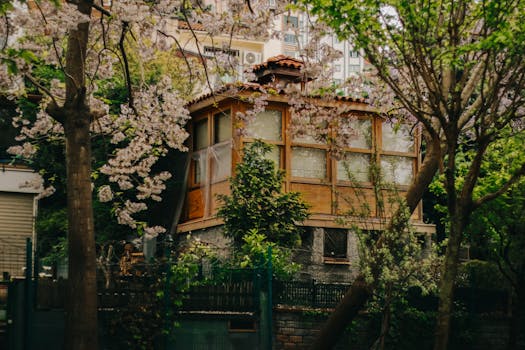
Urban Green Spaces: The Future of Outdoor Living in European Cities by 2025
Urban Green Spaces are becoming increasingly important in European cities, and for good reason. As the world becomes more urbanized, the need for green spaces in cities is becoming more pressing. In this article, we will explore the importance of urban green spaces and how they are shaping the future of outdoor living in European cities by 2025.
What are Urban Green Spaces?
Urban Green Spaces refer to any area of greenery in an urban environment, including parks, gardens, green roofs, and green walls. These spaces provide a range of benefits, including improving air quality, reducing noise pollution, and providing habitats for wildlife. They also offer a space for recreation, socialization, and relaxation, making them an essential component of urban planning.
The Benefits of Urban Green Spaces
Urban Green Spaces have numerous benefits for both the environment and human health. Some of the most significant benefits include:
- Improved air quality: Urban Green Spaces can help to reduce air pollution by absorbing pollutants and producing oxygen.
- Reduced noise pollution: Green spaces can act as a buffer against noise pollution, making urban environments more pleasant.
- Increased biodiversity: Urban Green Spaces can provide habitats for a range of plant and animal species, helping to maintain biodiversity in urban areas.
- Improved mental health: Spending time in green spaces has been shown to have a positive impact on mental health, reducing stress and anxiety.
- Increased social cohesion: Urban Green Spaces can provide a space for community events and socialization, helping to build stronger, more cohesive communities.
European Cities Leading the Way
Many European cities are leading the way in terms of urban green space development. Cities such as Copenhagen, Stockholm, and Amsterdam are incorporating green spaces into their urban planning, with a focus on sustainability and green infrastructure. These cities are recognizing the importance of urban green spaces and are taking steps to ensure that they are protected and expanded for future generations.
The Future of Outdoor Living in European Cities
By 2025, urban green spaces will play an even more critical role in shaping the future of outdoor living in European cities. As cities continue to grow and urbanize, the need for green spaces will become even more pressing. We can expect to see a range of innovative solutions, including green roofs, green walls, and urban forests, being incorporated into urban planning. These solutions will not only provide environmental benefits but also offer a range of social and economic benefits, making cities more livable and sustainable.
Conclusion
In conclusion, Urban Green Spaces are essential for the future of outdoor living in European cities. They provide a range of benefits, from improving air quality to increasing social cohesion, and will play a critical role in shaping the future of urban planning. As we look to 2025, it is essential that we prioritize the development and protection of urban green spaces, ensuring that they continue to thrive for generations to come.






